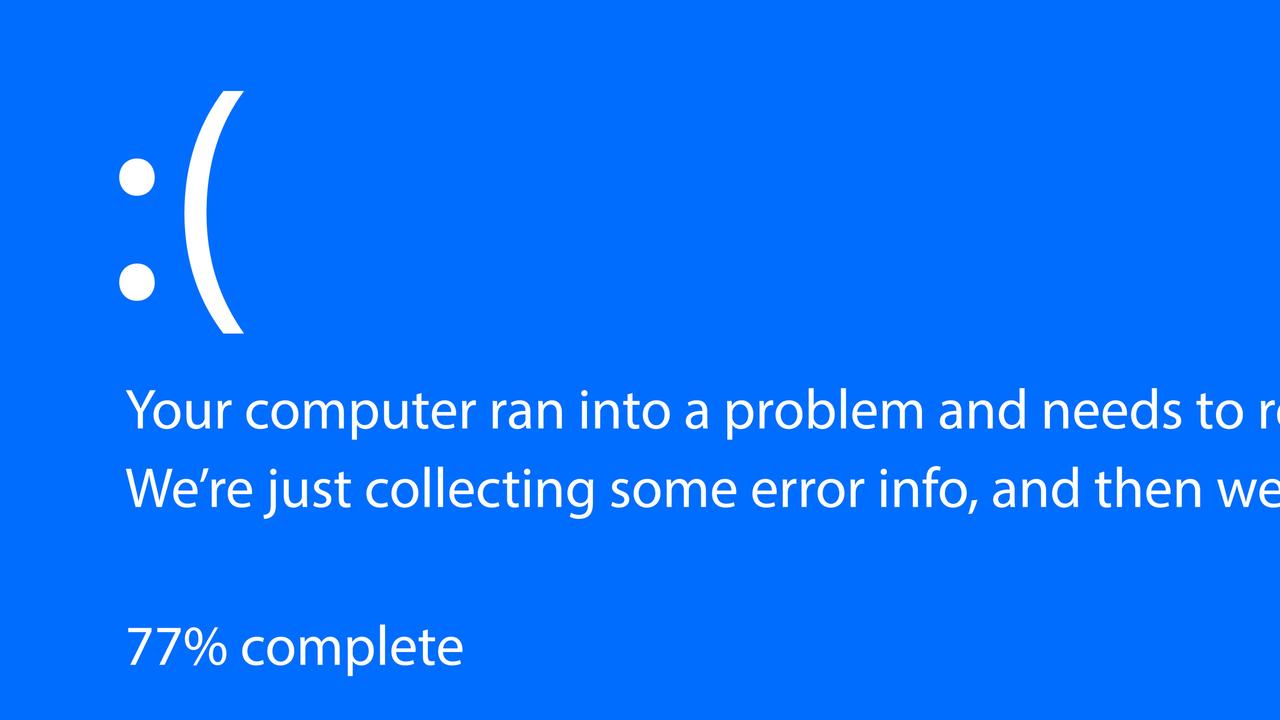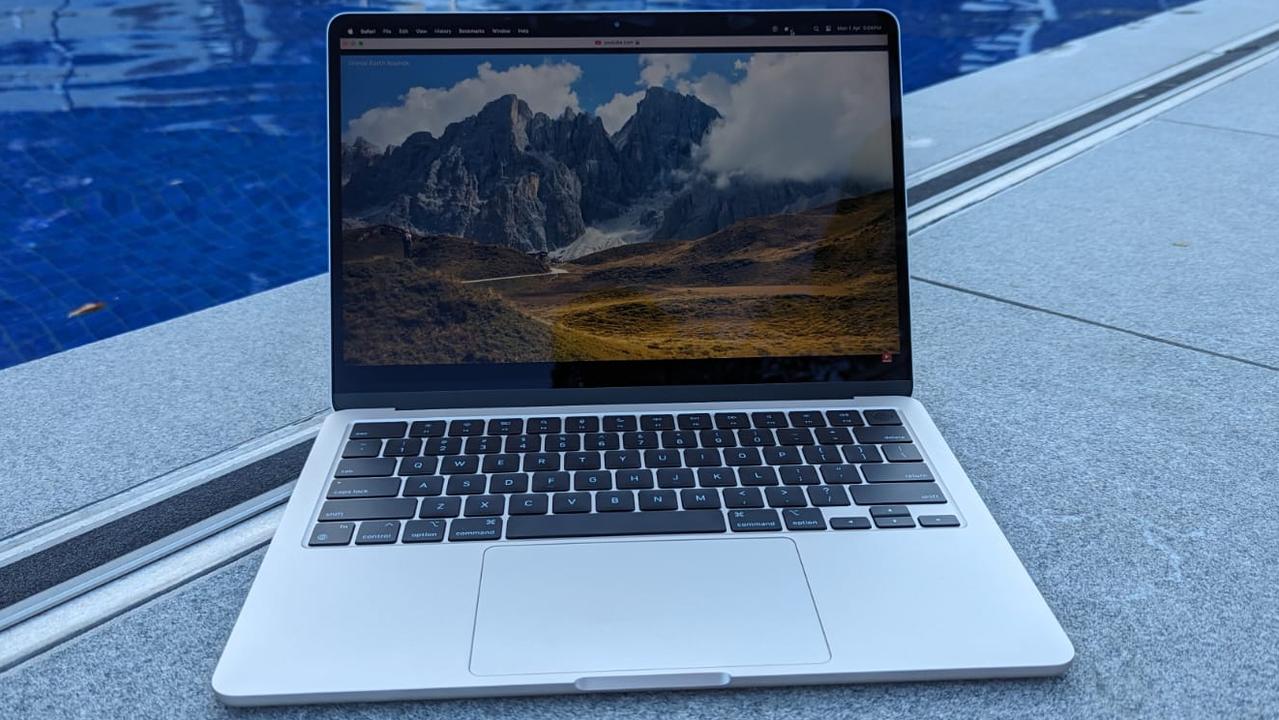What it feels like to use modern technology after spending 25 years behind bars
WHAT is the first thing you do when you walk free from prison after 25 years? Michael Santos had an idea and it wasn’t what you would expect.
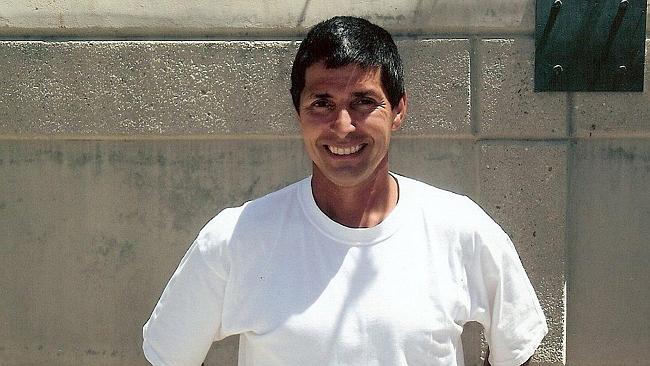
WHAT is the first thing you do when you walk free from prison after 25 years? Google your name on an iPhone.
This had been all Michael Santos had dreamt of after being sentenced to prison in 1987 for large scale cocaine distribution.
When Santos began his prison sentence, technology was still a luxury for the wealthy.
The Motorola “brick phone” was becoming more popular among travelling business types, but still came with a hefty $4000 price tag. Meanwhile, desktop computers were far from compact and retailed for about $7000.
But as the years passed, technology become cheaper and more readily available.
While those on the outside world were experiencing the wave of new technologies first-hand, Santos was left to only able to dream about such experiences based on what he had read in technology magazines.
He was the first to admit he deserved the punishment handed out for his serious crimes, but it didn’t make missing the age of the internet any easier.
“I perceived the web as a powerful tool,” he told The Kernel.
“The interactivity and ability to engage people on an infinite scale quickly convinced me that this technology would transform the world and I wanted to be a part of that evolution.”
In the end, it would be 25 long years of confinement before Santos would be given access to all the technology the world had to offer.
And it didn’t take Santos long to get his hands on some new age tech with his first experience coming on the car ride home from prison.
“On the day that my wife, Carole, drove me away from prison, she handed me an Apple iPhone,” he said.
With the future grasped tightly in his hands, Santos was ready to leave the past behind and was ready for a second chance in this crazy new world.
THE CRIME
It was 1981 and a 17-year-old boy from Seattle had received stolen stereo equipment from one of his high school colleagues as payment for a gambling debt.
One year later, Santos found himself inside a police station giving a police officer a statement about how he came into possession of that stereo equipment.
It turned out the boy that gave Santos the stereo had been picked up by the police and grassed in order to receive a lighter sentence.
“Because I accepted that stereo equipment, I was given a few months of probation and I paid $900 for the stolen property that I received,” he wrote on November.org.
For the next three years, Santos kept his nose clean and worked for his family operated highway construction firm, but late in 1985 the allure of crime came knocking once more.
His friend Alex had approached him with an opportunity to participate in a lucrative cocaine transaction.
As Santos had access to large sums of money because of his position in the family company, he was able to finance a large cocaine purchase without the knowledge of his parents.
“We purchased three kilograms of cocaine for the purposes of reselling them to realise a profit,” he said.
“The transaction lasted about 12 hours and after replacing the money I had inappropriately taken from my family’s firm, Alex and I split a profit of $40,000.”
By using the profits as capital for their venture, Santos and Alex continued to build their empire.
In 1986, Santos had relocated from Seattle to South Florida, business was booming and he had established connections for a cheaper wholesale price of cocaine.
“I was buying cocaine from a source I met in Miami, and using another friend whom I knew from high school to transport that cocaine to Seattle so that Alex could oversee its local distribution,” he said.
Things were going great until his partner was arrested following a DEA investigation late 1986.
“When the federal agents put handcuffs on his wrists and seized the kilogram of cocaine that he was carrying at the time, he realised he was in big trouble,” he said.
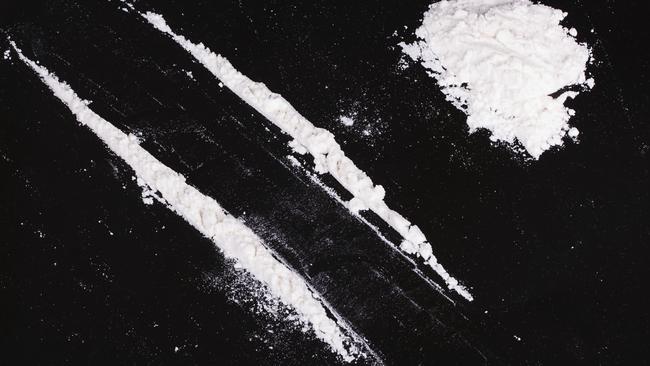
With his back against the wall, Alex began cooperating with law enforcement to receive leniency at sentencing. This is where things started to get messy for Santos.
Unaware his partner was working with the authorities, Santos continued to operate the business under the guise he was helping raise funds for Alex once he was released.
For the following year, Santos operated until the DEA pounced on August 11, 1987, arresting him for large scale cocaine distribution.
“By that time I estimate that the illegal organisation I was instrumental in forming was responsible for the distribution of approximately 150kg of cocaine worth somewhere in the vicinity of four million dollars,” he said.
“My best estimate is that I personally made about one million dollars in profits from those sales.”
When Santos first went to court, he took to stand to perform a pre-rehearsed testimony where he claimed to be innocent.
“Since the government had seized no cocaine from me, intercepted no telephone calls, and used only government informants to testify against me, I chose to lie before the Court and jury, testifying that I had nothing to do with the charges lodged against me,” he said.
“Clearly the members of the jury did not believe me, for they convicted me on every count in that indictment.”
Following the initial charges, Santos was also indicted on charges for the distribution of cocaine while in prison.
Unlike his previous charges, he accepted full responsibility and pleaded guilty.
As a result he was sentenced to a cumulative total of 45 years in federal prison and was handed a fine of $500,000 which accumulates interest at the rate of 18 per cent per annum.
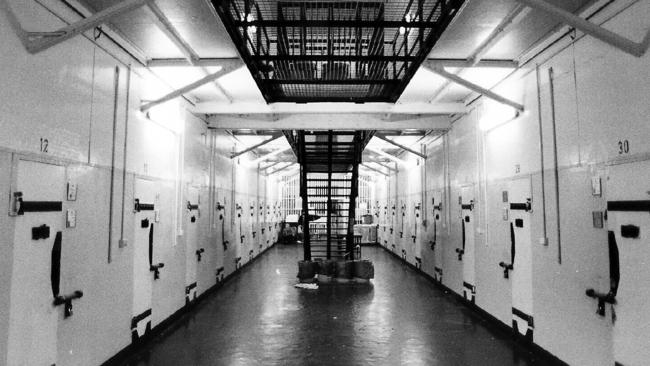
THE TIME
When Santos began his prison sentence in 1987 he didn’t think the outside world would be evolving in such a way that he would be left behind.
Structural changes were one thing, but the internet was a whole other world that was going to pass him by.
While the outside world embraced dial-up modems and AltaVista, Santos was none the wiser.
The rules of prison were so strict, Santos and other inmates were not only banned from using the internet, but they were not even allowed to use electronic typewriters.
With the only access to the internet coming from what he read in technology magazines, Santos could only dream of the web.
“I read extensively about how citizens from everywhere were using the internet to advance society, spreading knowledge and wisdom. I looked forward to becoming a part of the internet generation.”
The only problem was his current situation wouldn’t allow him to directly access the internet, so Santos had to get crafty.
Using his connections on the outside, he was able to establish a presence on the internet.
“It was simple, but it served the purpose of allowing me to use it as a tool to document my journey through prison and to write about the experiences of others,” he said.
“Throughout the final decade of my imprisonment, I published thousands of articles on my website to help others understand prisons, the people they hold, and strategies for growing through confinement.”
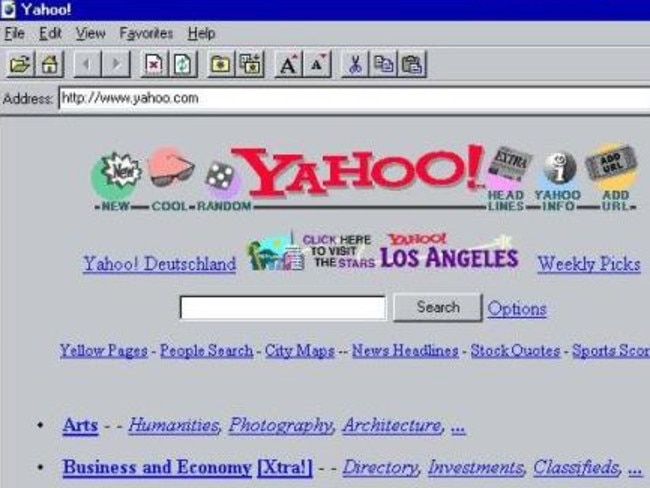
Despite having a presence online, Santos had never actually physically operated a computer, let alone a smartphone.
When he was first imprisoned, he feared he might never see freedom again given the nature of his crime.
But with good behaviour, he was released in 2013 and was finally able to dive into the internet and all it had to offer.
On the day of his release, he was greeted by his wife, handed an iPhone and so began the transition into modern life.
“After [my wife] showed me how to use it, I touched the Safari icon and began to access the Web for the first time. I used Google to search my name,” he said.
“I sent my first email message, writing an open letter that described my first hours of liberty for family and I watched my first YouTube videos.”
It was a quick crash course for the released inmate because just two days later he was standing in front of a MacBook Pro.
“I’d never used a laptop computer before, but I loved using the Mac to familiarise myself more with the internet.
“I had a presence on Facebook and Twitter, but I didn’t know much about the best practices of using social media.
“I realised that I would need to develop skills to reach my audience in short messages, often in 140 characters or less. Attention spans in society, it seemed, had shortened.”
This was just the beginning of what has been a steep learning curve for Santos, but he couldn’t be happier and hasn’t looked back since.


